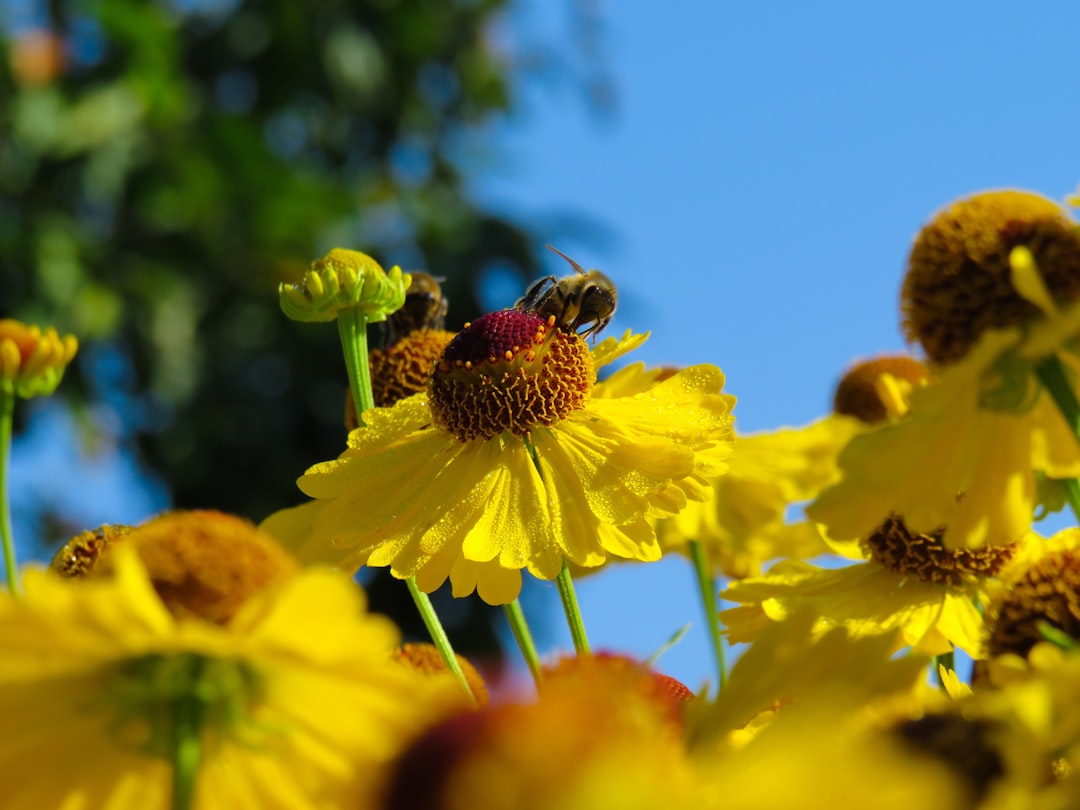The Secret to Reviving Your Fading Lucky Bamboo

Houseplants have long been cherished for their ability to bring a touch of nature indoors, purify the air, and enhance the aesthetic appeal of our living spaces. Among the many popular houseplants, lucky bamboo stands out with its elegant, slender stalks and symbolic meaning of good fortune. However, it can be disheartening to see your once - vibrant lucky bamboo turning yellow. In this article, we'll explore the reasons behind this color change and discover effective ways to restore its lush green color.
One of the most common reasons for lucky bamboo turning yellow is improper watering. Lucky bamboo is typically grown in water, and the quality and quantity of water are crucial. If the water is contaminated with chemicals such as chlorine or fluoride, it can cause stress to the plant, leading to yellowing. Tap water often contains these chemicals, so it's advisable to use filtered or distilled water. Additionally, over - watering or under - watering can also be problematic. If the water level is too high, the roots may suffocate, and if it's too low, the plant won't get enough moisture. Aim to keep the water level about an inch above the roots and change the water every one to two weeks.
Another significant factor is light exposure. Lucky bamboo thrives in indirect, bright light. Direct sunlight can be too harsh for it and may scorch the leaves, causing them to turn yellow. On the other hand, if the plant is placed in a location with too little light, it may not be able to carry out photosynthesis effectively, which can also result in yellowing. Find a spot in your home where the plant can receive gentle, filtered light, such as near a north - facing window or a few feet away from a south - facing window.
Nutrient deficiency can also play a role in the yellowing of lucky bamboo. Although lucky bamboo can grow in water alone, it still needs some essential nutrients. You can use a liquid fertilizer specifically formulated for houseplants, but be careful not to over - fertilize. A little goes a long way, and too much fertilizer can burn the roots and cause more harm than good. Follow the instructions on the fertilizer package and apply it sparingly, usually once every few months.
Temperature and humidity are important environmental factors as well. Lucky bamboo prefers a warm and humid environment. Temperatures below 60°F (15°C) can stress the plant, and sudden temperature changes can also be detrimental. Keep the plant away from drafty areas, such as near air conditioning vents or open windows during cold weather. To increase humidity, you can place a tray of water near the plant or use a humidifier, especially during the dry winter months.
If your lucky bamboo has already turned yellow, don't lose hope. First, remove the yellow parts of the plant using clean, sharp scissors. This will prevent the spread of any potential diseases. Then, check the water, light, and nutrient conditions as described above and make the necessary adjustments. In some cases, you may need to start fresh by taking a healthy cutting from the plant and growing it in new, clean water.
To maintain the health of your lucky bamboo in the long run, it's important to establish a regular care routine. Monitor the water quality and level, ensure proper light exposure, and provide the right amount of nutrients. By paying close attention to these factors, you can enjoy a beautiful, green lucky bamboo plant for years to come.
Remember, caring for houseplants is a rewarding experience that allows us to connect with nature and create a more peaceful and inviting home environment. With a little knowledge and effort, you can overcome the challenge of yellowing lucky bamboo and keep your plant thriving.
So, the next time you notice your lucky bamboo looking a bit lackluster, don't panic. Instead, take a step back, assess the situation, and take the appropriate actions to revive it. Your efforts will be rewarded with a healthy, vibrant plant that adds a touch of natural beauty to your living space.